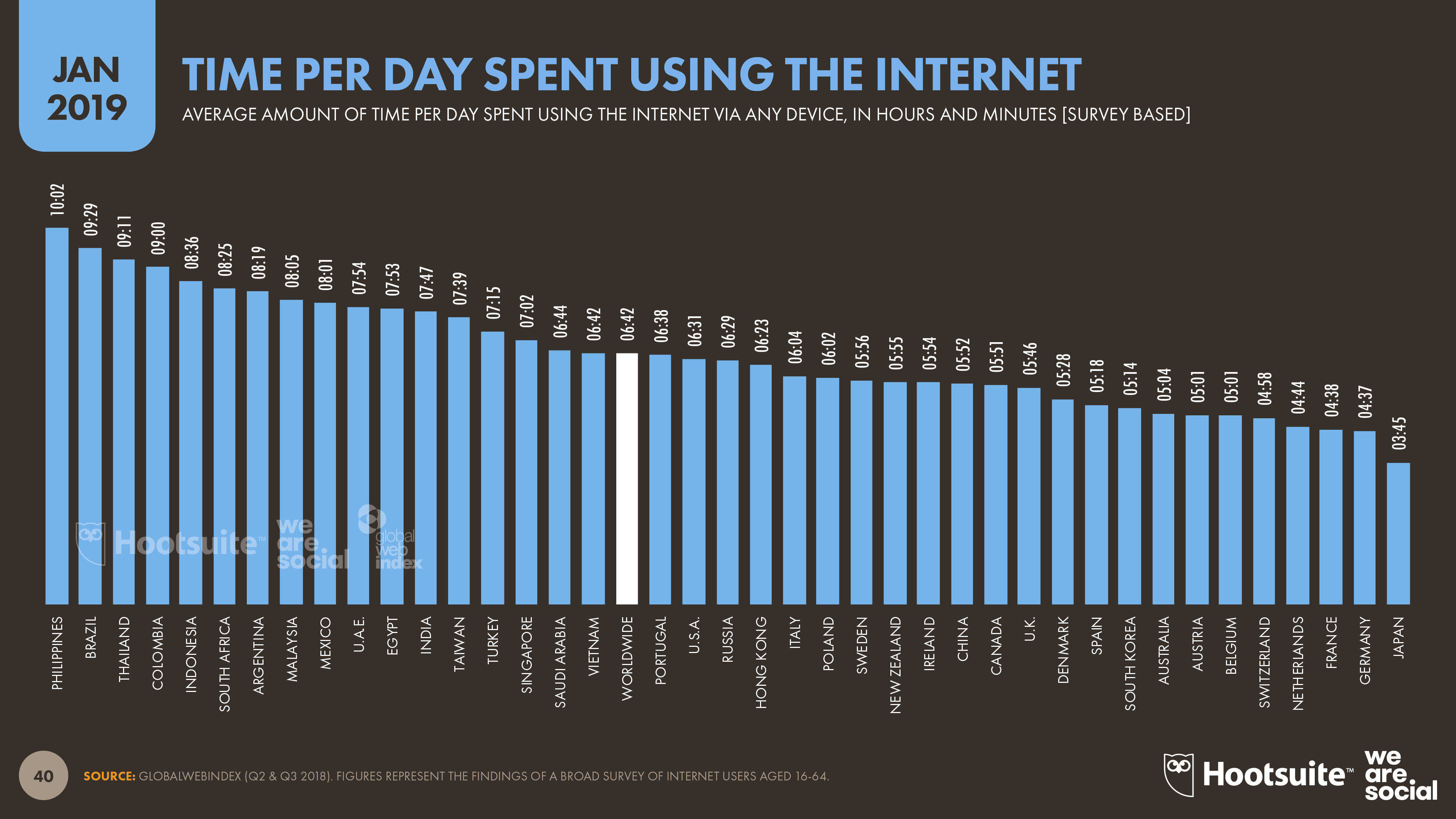By Gargi Ghosal
If you’re looking to learn or brush up on your SEO skills, here are the six best websites you can use.
With everything now online, content marketing has become critical. Just having great content is no longer enough if you can’t back it up with robust SEO strategies when you publish something.
For instance, even social media marketing relies heavily on the right use of SEO. That’s because when SEO best practices are followed, the quality and quantity of traffic received by a website or a webpage increase tremendously.
If you’re interested in becoming an SEO specialist, there’s no better time than now. Here are the best websites to help you learn and master your SEO game.
1. Google Analytics Academy
Google is the most popular search engine today. Therefore, it makes sense to learn how to optimize searches for Google and do so at Google’s own Analytics Academy. Here, you can improve your SEO and analytics skills using free online courses provided by Google.
You can get started by learning all about Google’s measurement tools to unlock deeper insights. These tools will come in handy while creating smarter ad campaigns. In addition to being an authority on SEO, Google Analytics Academy’s Analytics IQ Exam is an industry-recognized qualification.
To prepare for this certification exam, you must complete the Google Analytics for Beginners and Advanced Google Analytics courses. Moreover, you can access its mini-courses on YouTube, and fall back on the blog for additional reading material, best practices, and industry trends.
2. HubSpot Academy
With HubSpot being an international leader in the domains of marketing and sales, HubSpot Academy is a good place to learn everything you need to know about SEO. Here, you’ll get to choose from comprehensive certifications, methodology training programs, and quick, practical courses that are 100 percent free and online.
What’s more, you’ll get unlimited access to these courses, so you can look them up anytime. Perfect for marketers, content creators, and anyone who’s willing to ace their SEO game, HubSpot Academy’s certification courses cover website optimization, link building, keyword research, and all other related topics.
You can always view the Course Curriculum before choosing a course. Besides, every course has video lectures, quizzes, exercises, and lesson plans, thus ensuring an interactive learning experience.
3. LinkedIn Learning
With free access to over 16,000+ courses led by industry experts, LinkedIn Learning helps you take your skills to the next level. You can access LinkedIn Learning’s expansive education material on SEO in the form of standalone online courses, or pre-defined learning paths.
While the courses cover specific topics, the learning paths give you a complete and structured learning experience on becoming an SEO expert or a master of Digital Marketing. From essential SEO techniques to marketing tools, the learning paths on SEO cover everything you require to achieve maximum visibility on search engines.
You can even access exercise files to apply your new SEO skills and on completion of each course, you’d stand the chance of earning a certificate or badge.
Leveraging the fundamentals of SEO is a skill, and LinkedIn Learning helps you master that skill. You can learn how to conduct keyword research, build internal and external links, plan a long-term strategy, implement foundational optimization strategies and techniques, and do much more.
4. Wordtracker Academy
Wordtracker Academy is best known for its keyword tool that boosts search engine rankings while helping online marketers discover profitable new market niches. Trusted by SEO professionals, Wordtracker gives you an edge and helps you generate more targeted traffic.
However, that’s not all Wordtracker is known for. Wordtracker Academy has specialist guides on seven categories, namely, keyword research, SEO, website, marketing, Google, social media marketing, and content.
With Wordtracker Academy, you can get started with fundamental analytics such as site optimization and page optimization, or learn advanced techniques to improve your online presence.
No matter where your interest lies, you need no prior experience to get started, and Wordtracker’s 28 specialist guides can help you upgrade your SEO skills in no time.
5. Moz
Being a dedicated SEO platform known for its SEO marketing software and the largest community of SEO experts, Moz Academy’s courses are popular and trusted globally. It has a wide range of training courses available, and you can find them in the Course Catalog.
To search for a suitable course, you can start by choosing your level of difficulty, preferred SEO topic, and type of course. Moz Academy has three types of courses for you to choose from.
While a Series covers multiple courses and is similar to a learning path elsewhere, Certifications are learning paths with valid certifications. If that wasn’t enough, the site has another type where you can level up in 90 minutes or less.
Moreover, the Moz Blog is a useful resource on search engine optimization, its best practices, and the latest trends. It helps you keep up with the ever-evolving trends of the SEO industry so that you’re always ahead of the curve.
6. Semrush
Trusted by the world’s leading brands, Semrush is known for its award-winning toolkits and SEO suite that helps industry professionals check website traffic, improve rankings, and perfect their digital marketing game. That’s not all.
What makes Semrush special is its incredibly useful resources on SEO. From downloadable guides and Ebooks to educational webinars and case-based podcasts, Semrush has all you need to improve your SEO skills and broaden your scope. Besides, Semrush’s Academy lets you acquire vital skills with top-notch experts from the field.
Watch the lessons, explore additional reading material, get practical tips, and take quizzes to complete a course and get certified. The best part is all these resources, courses, and certification exams are completely free as long as you’re a registered Semrush user.
Up Your SEO Game at Your Own Pace
The best thing about all these sites is you can learn SEO and improve your digital marketing skills at your own pace. Most of the courses on these sites are 100 percent free and can be accessed whenever, wherever. Moreover, you don’t need to have any prior experience to start your journey and become an SEO specialist.
While courses, video lectures, and certifications train specific skillsets and bring you acclaim in your field, the blogs, podcasts, and webinars keep you up to date with the latest industry trends and SEO best practices.
By Gargi Ghosal
Sourced from MUO








![30 Years of the Internet: 50+ Crazy Stats & Facts That’ll Blow Your Mind [Infographic]](https://mediastreet.ie/wp-content/uploads/2019/09/30-years.png)





